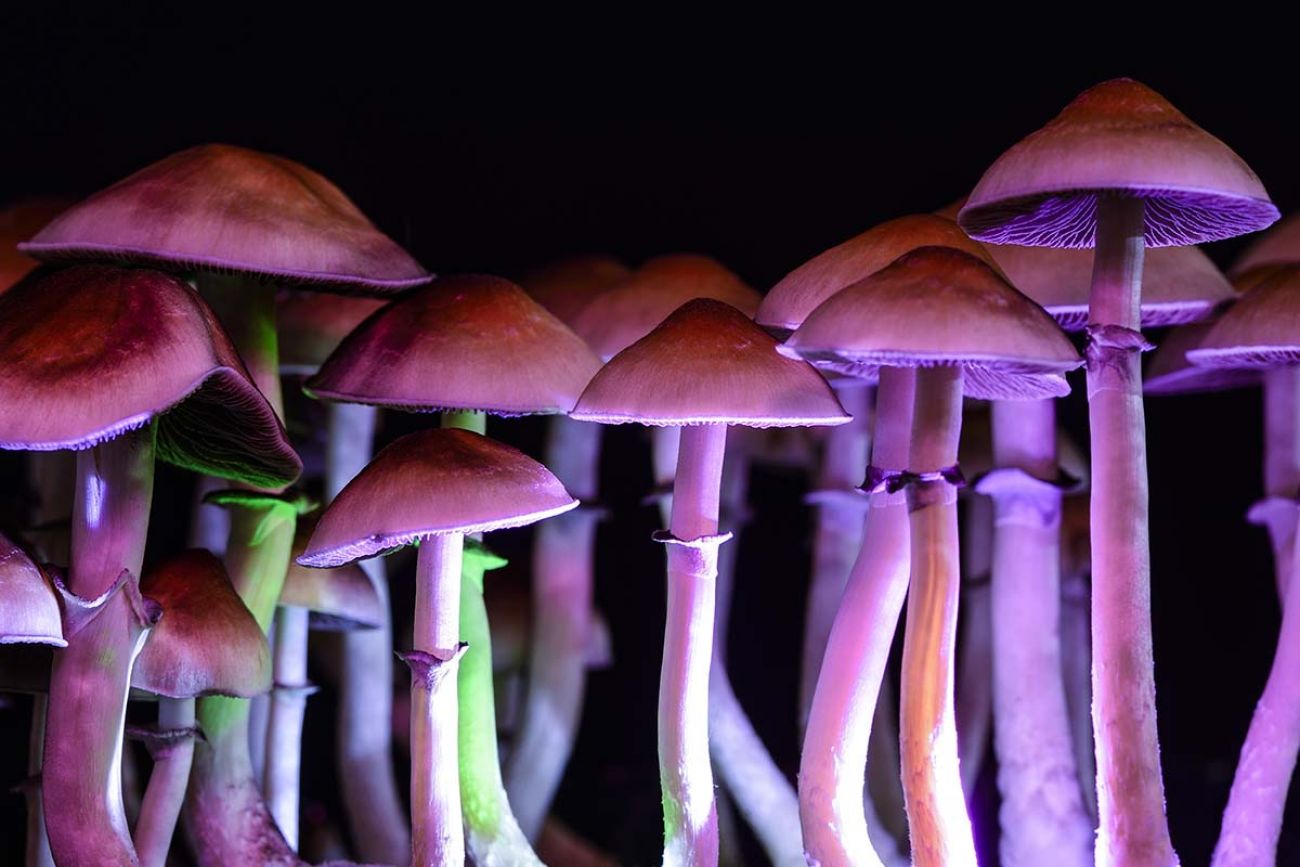But when it comes to teen drug use, trendy designer trippy flip chocolate bar can be just as dangerous as the substances we’ve been warned about for decades. Even those that quickly lose their appeal among teens do their share of damage along the way.
Bath salts hit the teen drug scene in 2010 and have since become a serious concern among law enforcement, hospitals, drug rehabs and parents. According to the American Association of Poison Control Centers, calls about bath salts are up from 303 in all of 2010 to 3,470 between January and June of 2011.
Bath salts are stimulants similar to meth and cocaine, but they are being sold legally under the names Vanilla Sky, Aura, Hurricane Charlie, Ivory Wave and many others. To get around the laws that would make bath salts illegal, manufacturers label them “not for human consumption” and sometimes market them as plant food or other seemingly innocuous products.
The active chemicals in bath salts are mephedrone and MDPV, but there is currently no reliable way to test for these drugs. At least 35 states have banned ingredients found in bath salts and the Drug Enforcement Administration (DEA) is considering making these drugs controlled Schedule I drugs like heroin and ecstasy, yet teens are still easily accessing these drugs.
Bath salts can make a perfectly “normal” teen psychotic – literally. Physicians throughout the country have been shocked to see their emergency rooms inundated by delusional, violent teens who are high on bath salts. Teens present with dangerously high fevers, high blood pressure, racing heartbeat and muscle agitation so severe it can lead to kidney failure. In addition to being highly addictive, these drugs can cause heart attack, seizures, muscle damage, stroke and even death.
After being treated with heavy sedatives and antipsychotics in some cases, adolescents sometimes end up in the psychiatric hospital because the bath salts made them so violent, paranoid and out of touch with reality. Even after days of being sedated, the psychosis can come back, causing some to fear that the effects of these drugs may be permanent.
Kratom is the newest drug gaining popularity among teens in the U.S. Derived from a plant found in southeast Asia, kratom has been used for a variety of medicinal purposes in other countries. Kratom is sold in the form of leaves, powder, extract or capsules, and can be swallowed, drank as a tea or snorted as a powder.
Kratom is not controlled by the DEA and is known by the names Thom, Kakuam, Biak, Thang or Ketum. The effects of kratom vary from alertness, increased energy and weight loss (in small doses) to relaxation, dry mouth, sweating and reduced sensitivity to pain (in large doses). The drug takes effect within minutes of use, producing a mild high that typically lasts two to five hours.
Even though it is legal and readily accessible, kratom is addictive. Once addicted, teens who stop using kratom may experience withdrawal symptoms such as cold-like symptoms, depression, diarrhea and insomnia. In an effort to cope with these withdrawal symptoms or to amplify the high, teens may begin using harder drugs or mixing kratom with alcohol or other drugs.


